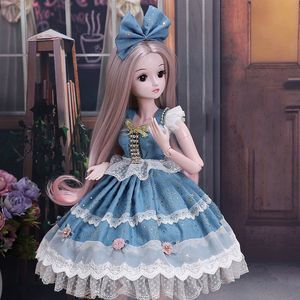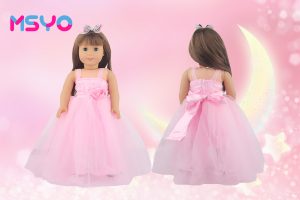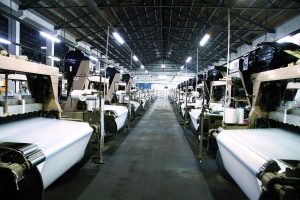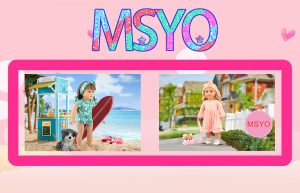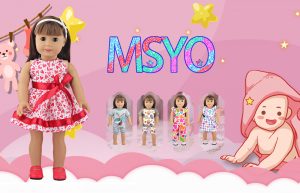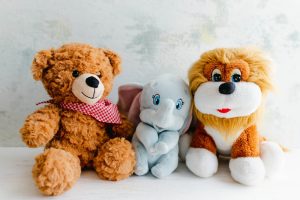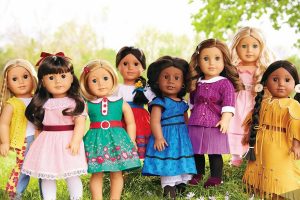The Enchanting World of Doll Clothes: A Closer Look
As time progressed, doll clothes became more refined and diverse.
In the 20th century, the mass production of dolls led to a wider availability of doll clothes. Companies like Mattel, with their iconic Barbie doll, introduced a vast range of fashionable outfits. Barbie’s wardrobe evolved over the years to reflect the changing fashion trends, from glamorous evening gowns to casual sportswear. This had a significant impact on the doll clothing industry, inspiring countless imitations and also fueling the creativity of collectors and enthusiasts. Doll clothes became a way for children to express their fashion sense and creativity, as they could mix and match different outfits and create unique looks for their dolls.
The craftsmanship involved in creating doll clothes is truly remarkable.
Skilled artisans painstakingly sew tiny seams, attach miniature buttons, and create intricate patterns. The fabrics used are carefully
selected to ensure both durability and an accurate representation of real clothing materials. For example, a doll’s denim jeans might be made from a scaled-down version of actual denim fabric, complete with tiny pockets and rivets. The attention to detail extends to the accessories as well. Doll shoes, hats, and jewelry are crafted with the same level of precision. A pair of doll high heels might have a tiny buckle and a realistic heel shape, while a doll necklace could feature minuscule beads and a delicate clasp.
Doll clothes also serve as a means of storytelling and role-playing. Children can use different outfits to create various scenarios and characters. A doll dressed in a princess gown can star in a fairytale adventure, while a doll in a doctor’s uniform can play the role of a healer in a pretend hospital. This type of play helps to develop children’s imagination and language skills as they create and narrate their stories. Moreover, it can also introduce them to different professions and cultural concepts. For instance, a child might learn about traditional Japanese clothing by dressing their doll in a kimono and exploring the associated customs and traditions.
In the world of fashion design, doll clothes can also serve as a source of inspiration. Designers may create miniature collections for dolls as a precursor to their full-scale fashion lines. The process of designing for dolls allows them to experiment with new styles, fabrics, and silhouettes on a smaller scale. These doll fashion collections can generate buzz and anticipation for the designer’s upcoming work. Additionally, doll clothes can be used to introduce children to the world of fashion design at an early age. There are kits available that allow children to design and create their own doll clothes, teaching them basic sewing skills and design principles.


